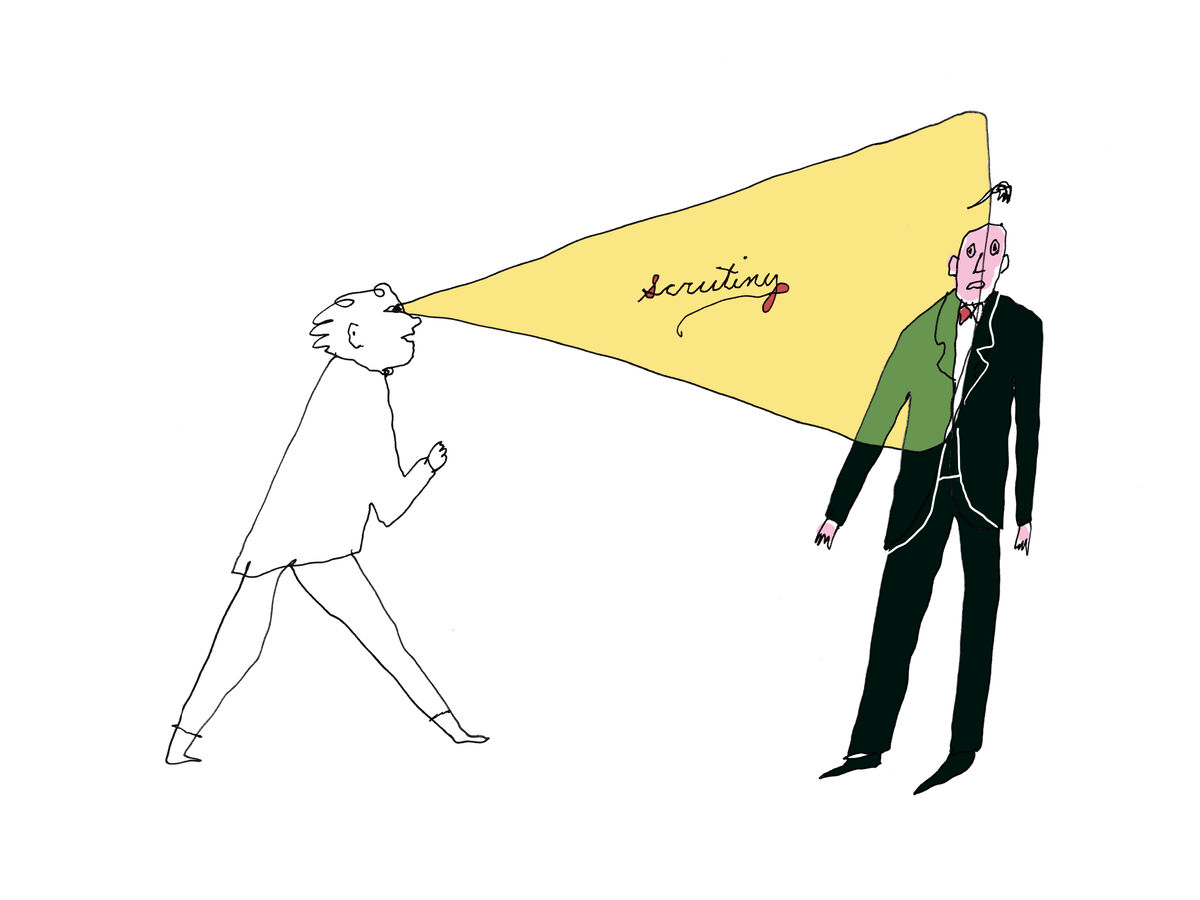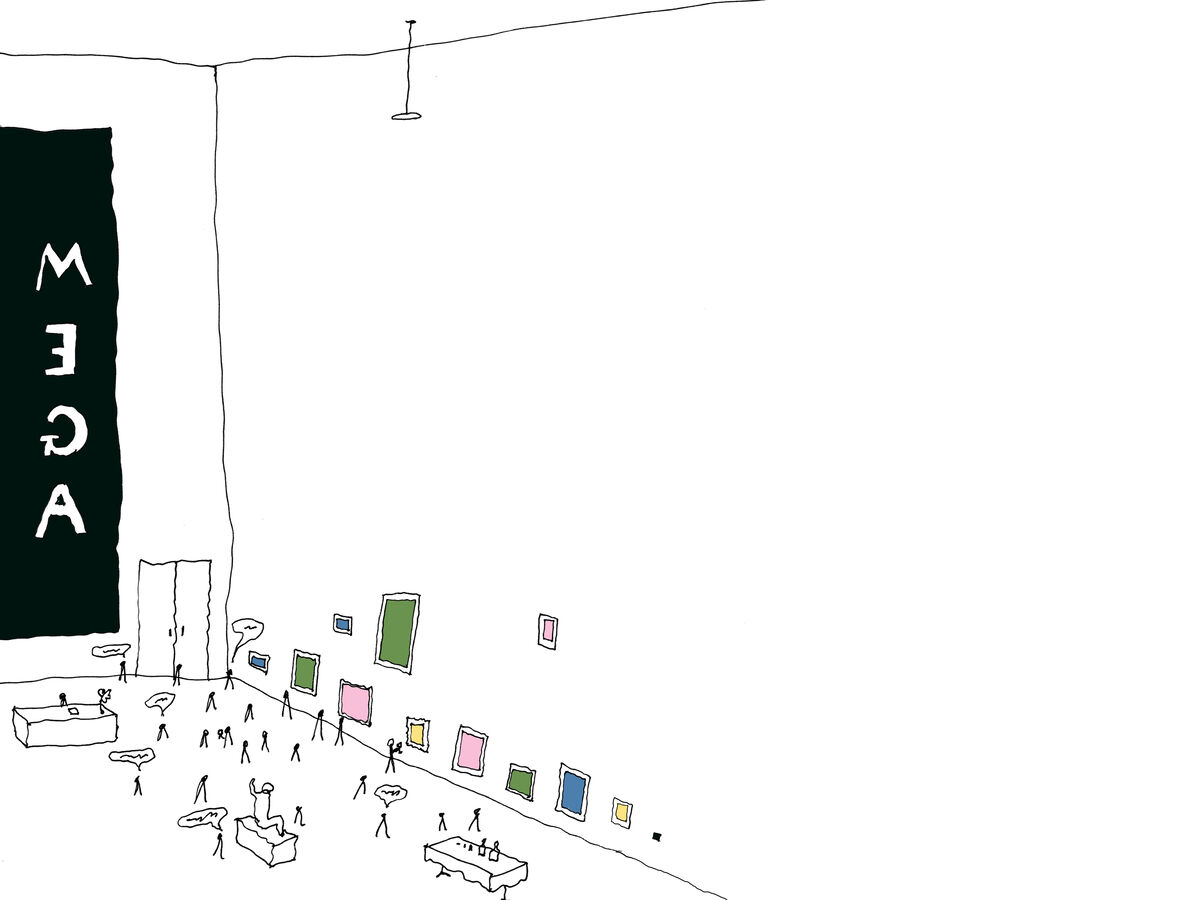

We will be happy to hear your thoughts


University art history departments are gradually replacing their Western art faculty with experts in other fields. As Bryn Mawr professor Steven J. Levine recently shared with me, institutions that once relied on scholars specializing in a single artist (white, male) -
—Now they assign to their non-Western art historians departments experts in specific regions of the world. They prioritize a broader vision, with less emphasis on individual artists.
What the departments will lack in depth regarding, for example, 19th and early 20th century French art, they will make up for in an international perspective.
I predict it will continue into the 1920s. Our global, tech-savvy, attention-distracted, and interconnected era is not set up for intensive study on a single artist. The era of the lone genius is over and I don't think it's coming back.

 ????
????  ????
????  . " At worst, Instagram offers a narcissism feedback loop. At best, it provides innovative artists with new ideas and formats for their work. Museums will struggle to showcase this type of art, but it won't be a concern for artists who can rack up millions of followers and buyers on their own.
. " At worst, Instagram offers a narcissism feedback loop. At best, it provides innovative artists with new ideas and formats for their work. Museums will struggle to showcase this type of art, but it won't be a concern for artists who can rack up millions of followers and buyers on their own.
David Zwirner, whose galleries grace four relatively lean cities, nevertheless has established its dominance as a media organization, having launched a partnership with the big five publishers Simon & Schuster this year and a podcast in 2018. The gallery has also expanded into Paris in October and will open a file
Renzo Piano - gallery designed in Chelsea in 2021.
Copyright © | artsy.net
Joe Doe in London, England purchased a

